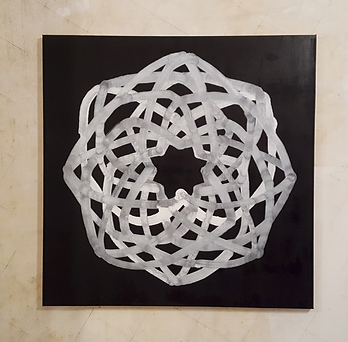top of page
Marie Cloquet
TRAVELING LIGHT
08/09/2019 - 20/10/2019
Marc Rossignol
Synchrone
Opening Sunday 9 September 2018
Marc Rossignol
Synchrone
Opening Sunday 9 September 2018
Marc Rossignol
Synchrone
Opening Sunday 9 September 2018
Marc Rossignol
Synchrone
Opening Sunday 9 September 2018
Herman Van Ingelgem
Foreign Bodies & Protheses
06/09/2021 - 17/10/2021
MARC DE BLIECK

Marc De Blieck (b. 1958, Sint-Niklaas, Belgium) approaches photography as a nexus of technological processes, cultural conventions and aesthetic norms. Despite their simple structure, his images reveal an increasingly complex visual grammar, exposing the tension between photographic registration and artificial construction. The exhibition (S.M.A.K. - 2025 - 2026) brings together new and pre-existing work and highlights how the artist critically reflects on the manufacturability of images. De Blieck radically questions the obviousness of photographic images.
bottom of page
.png)
.png)

